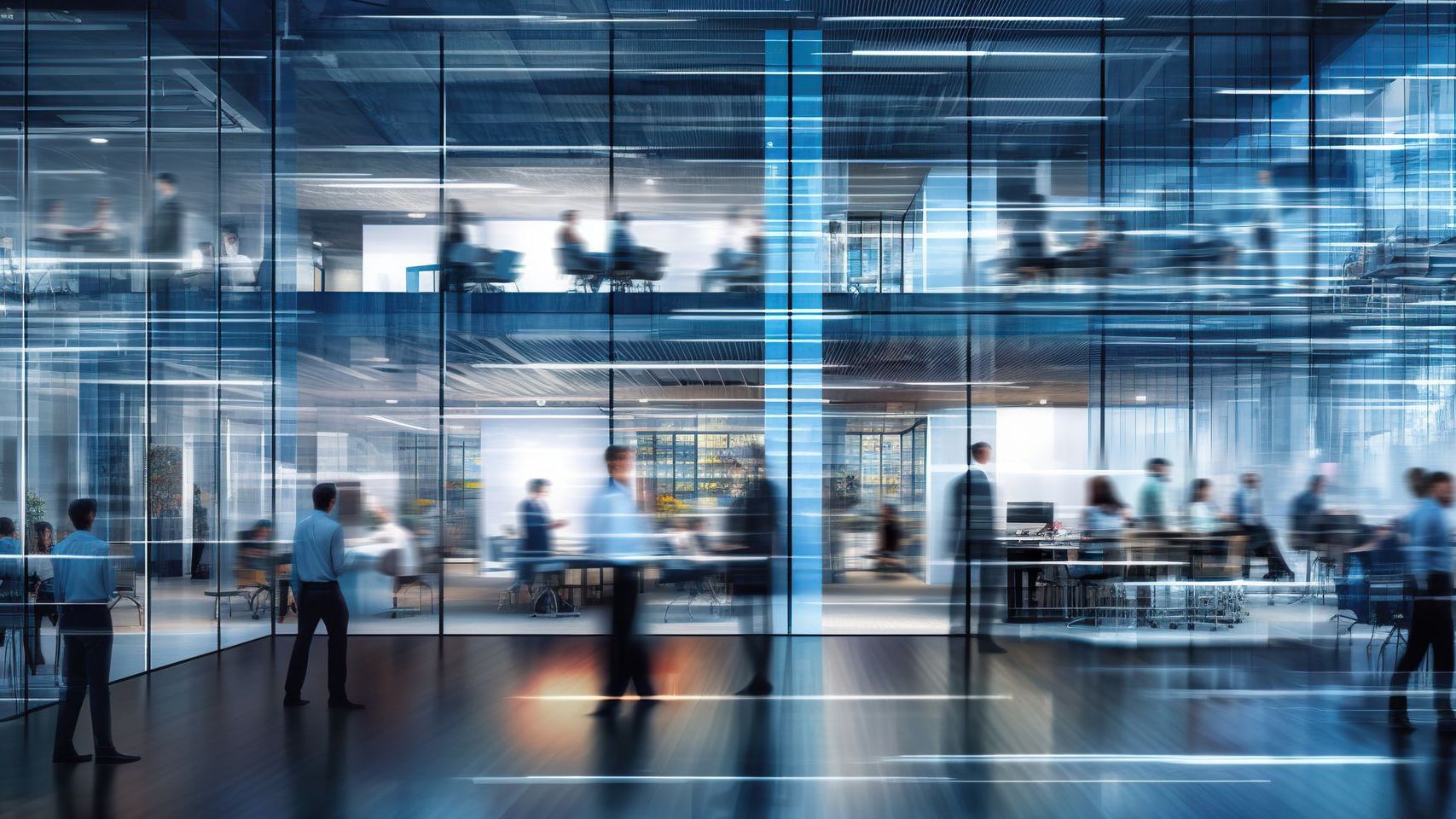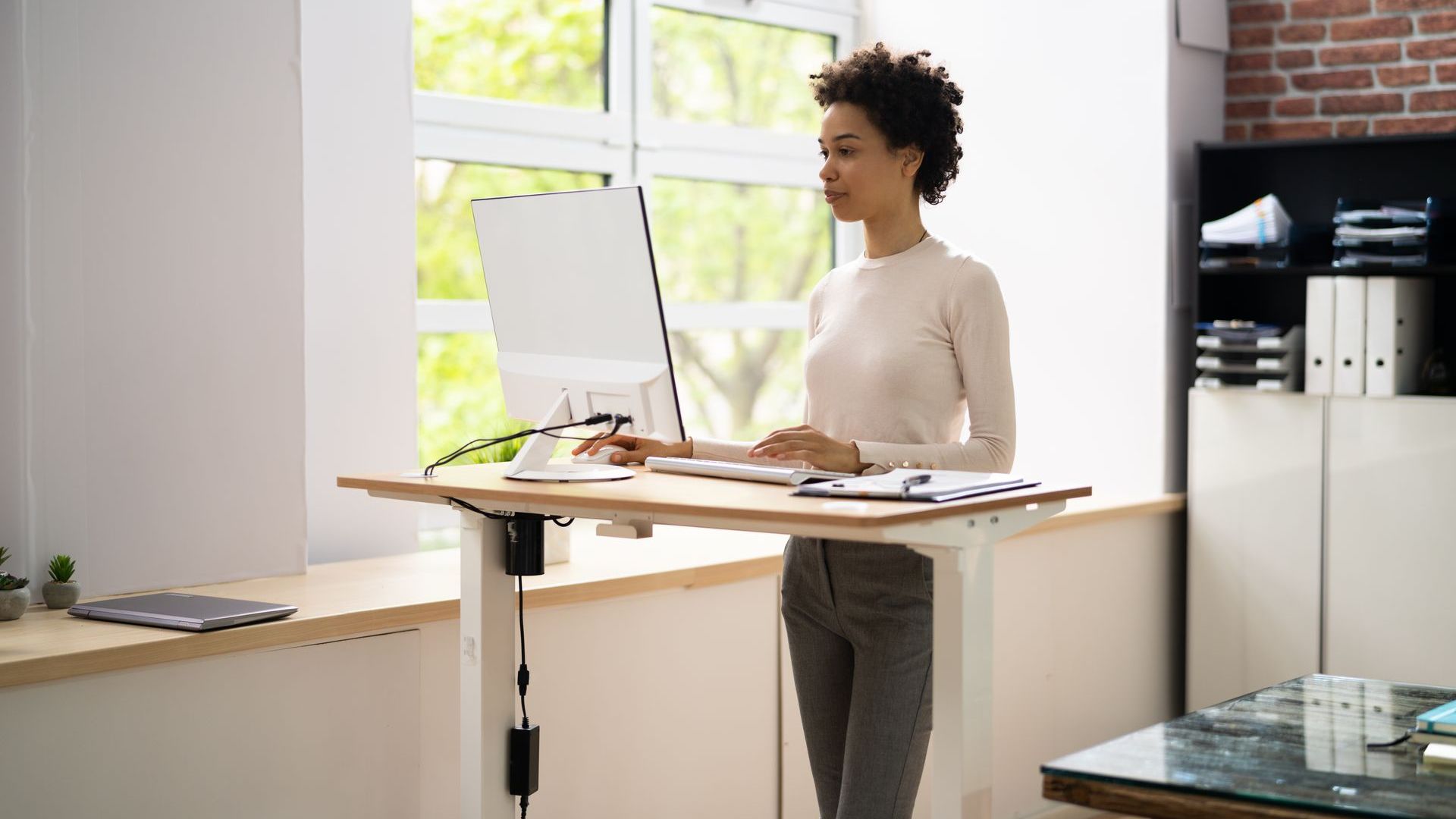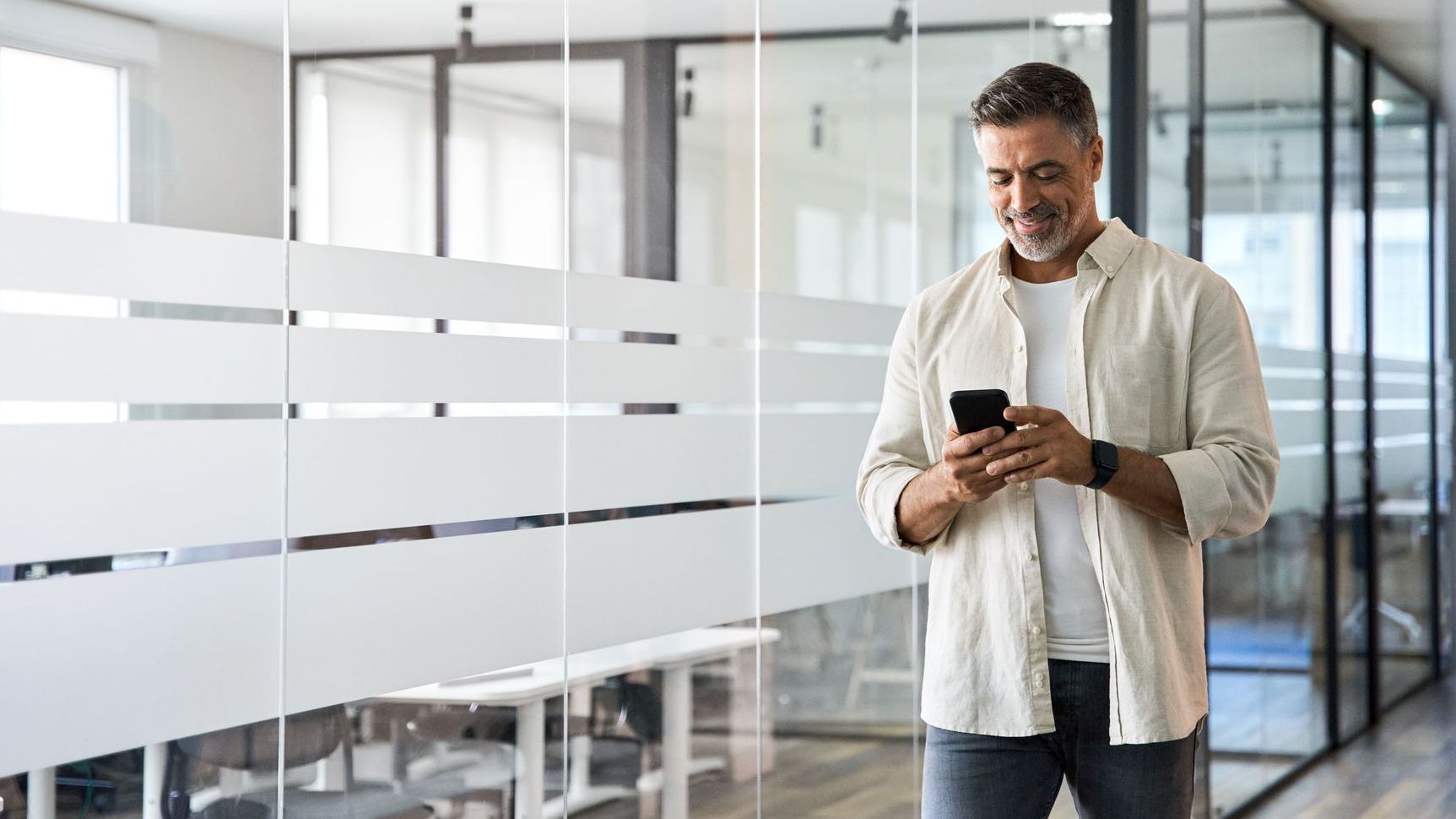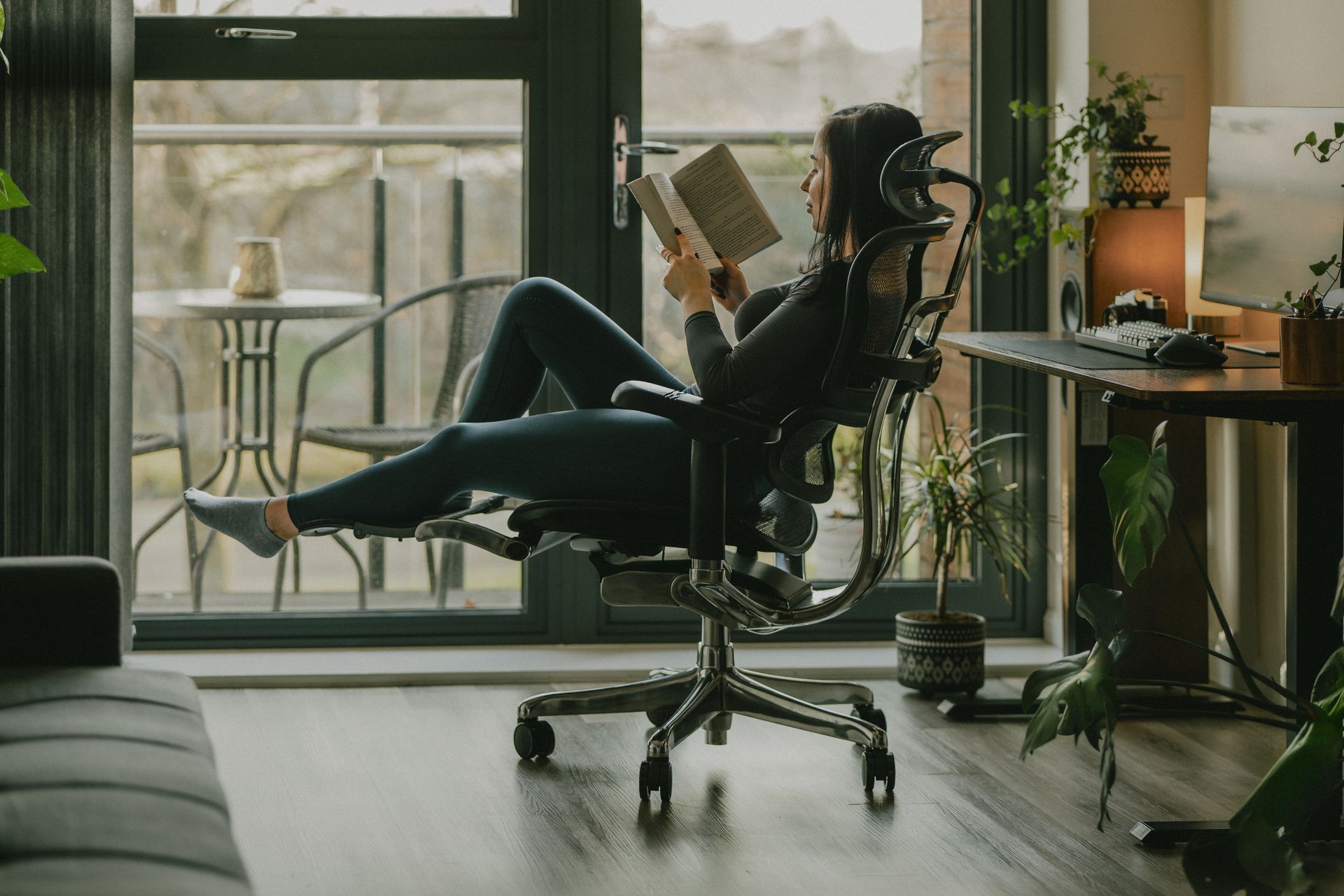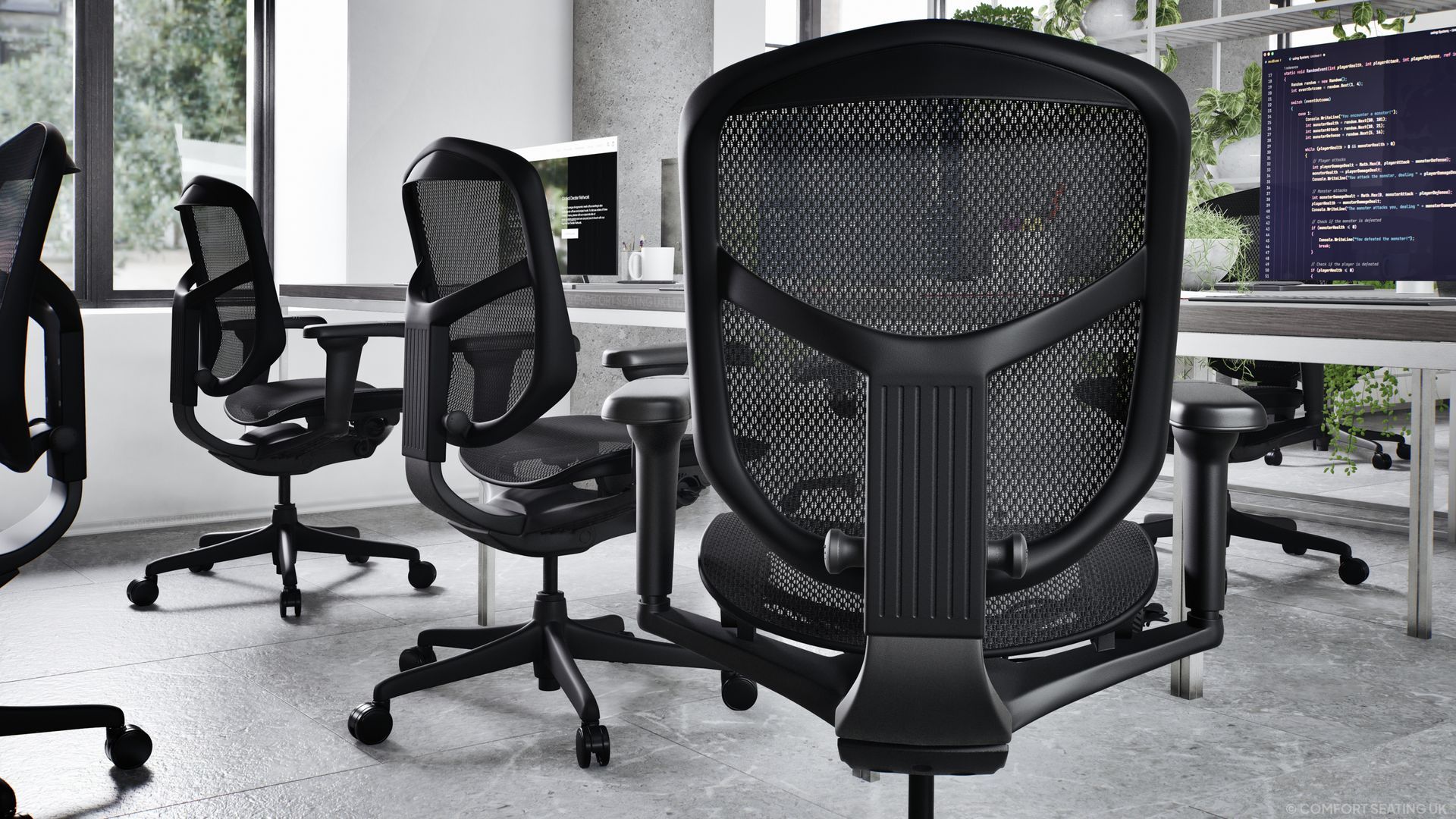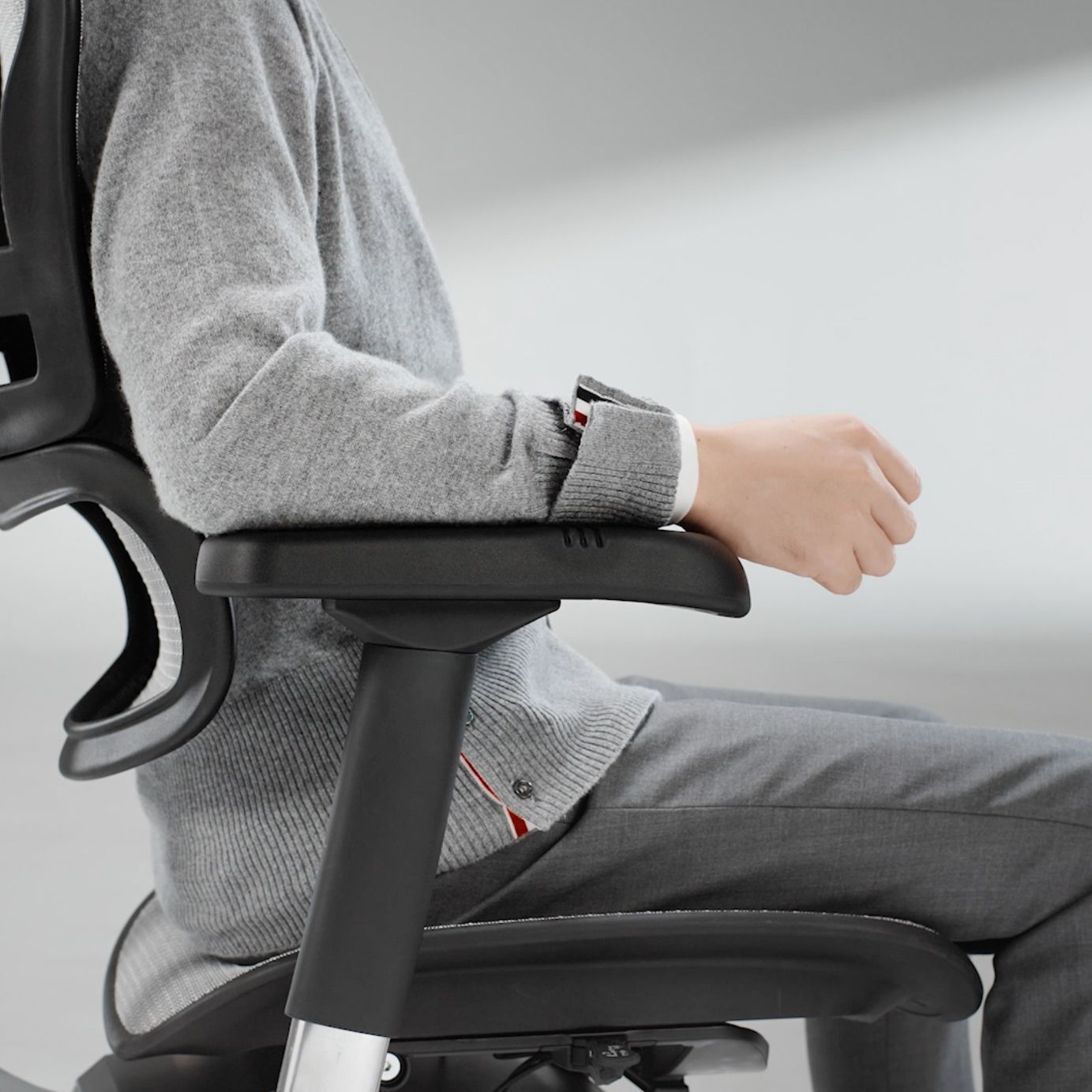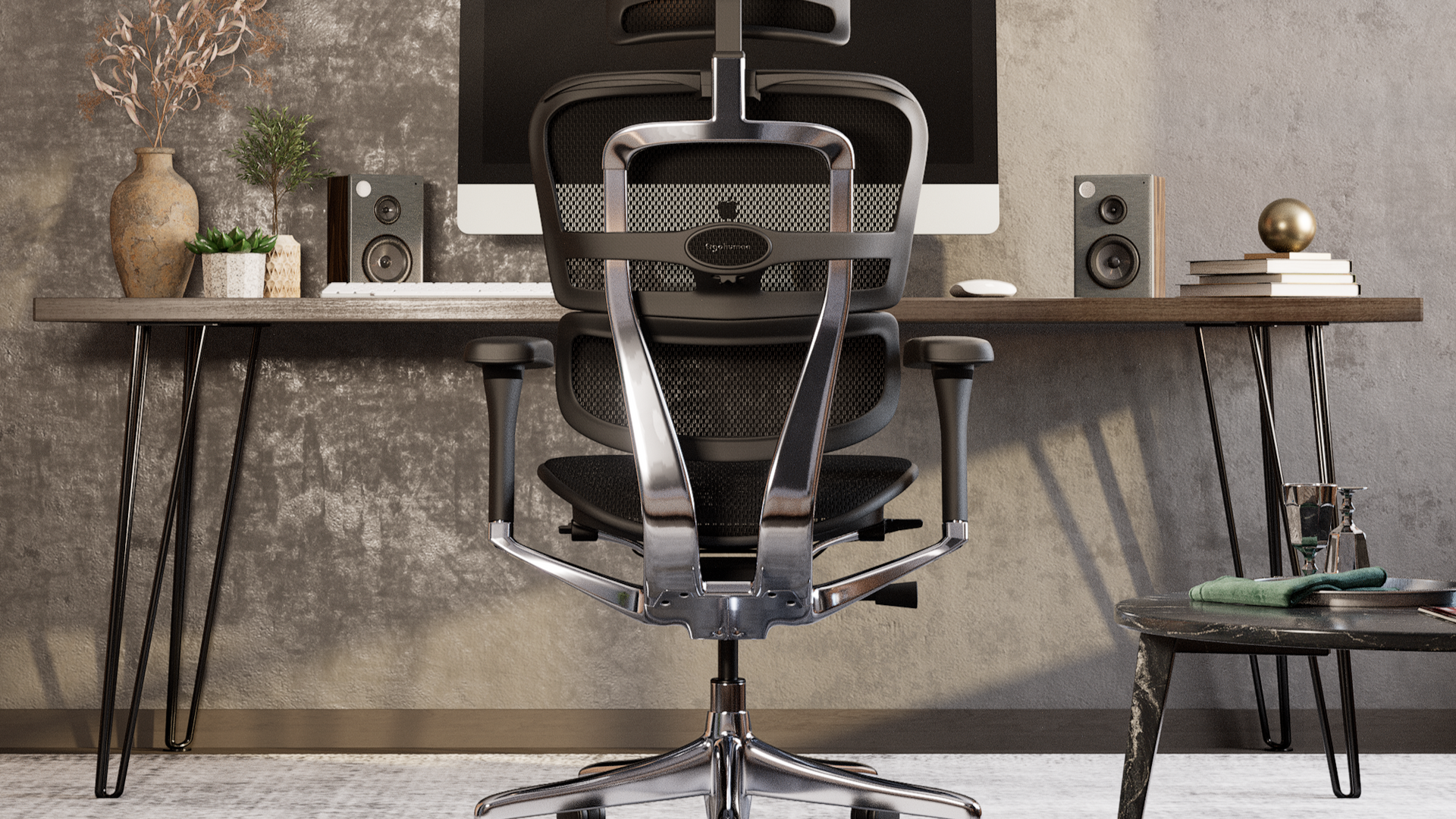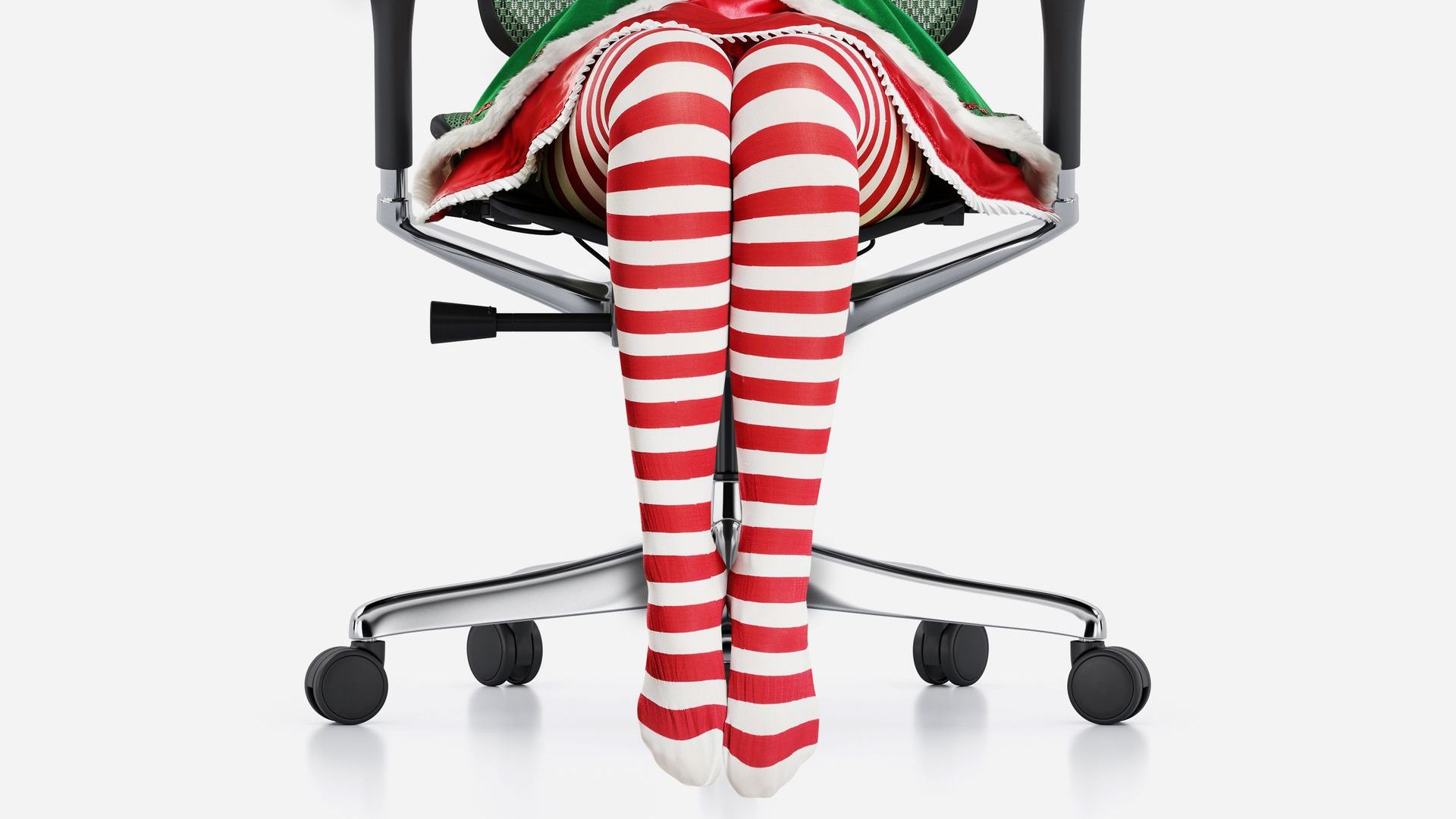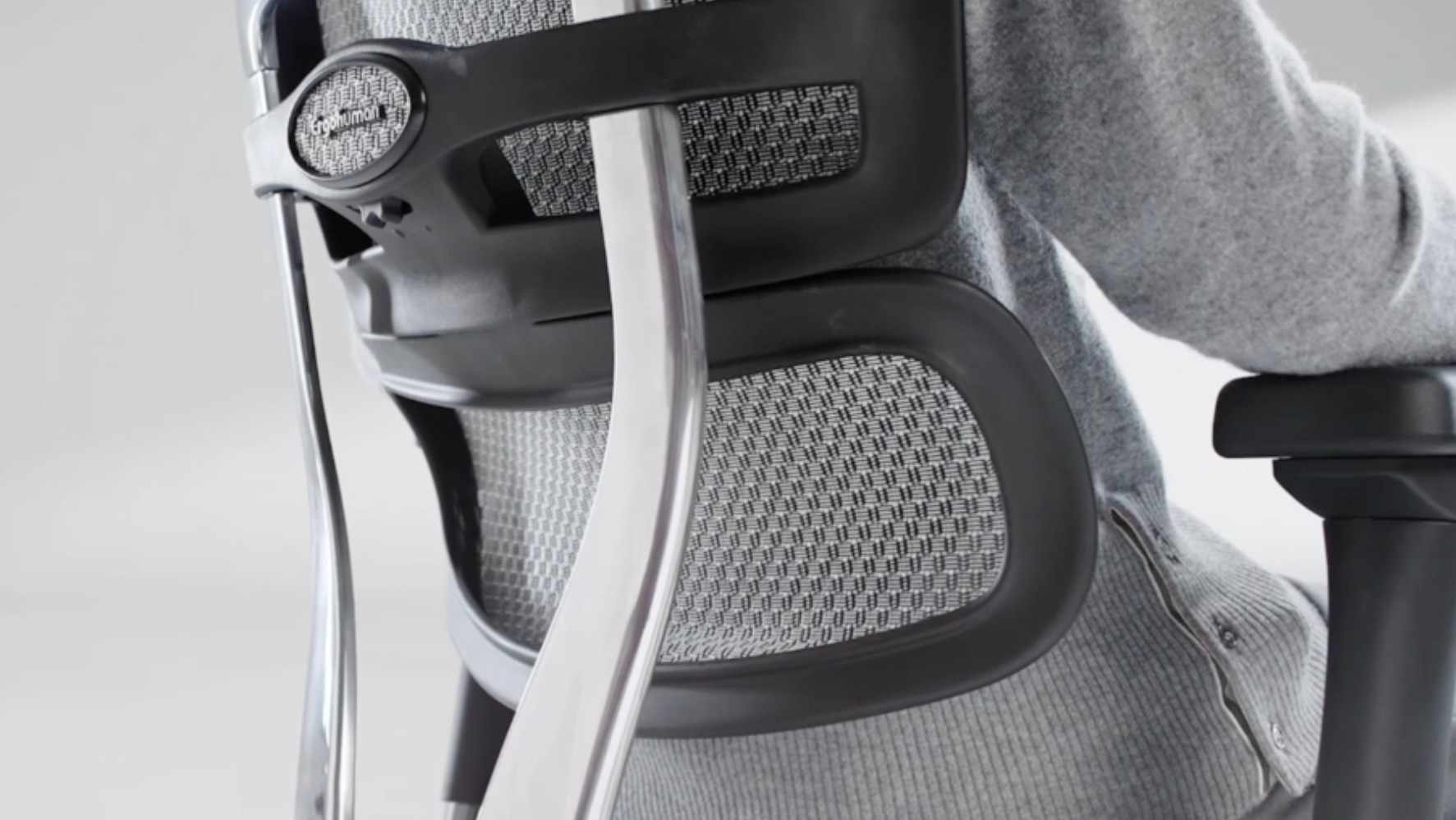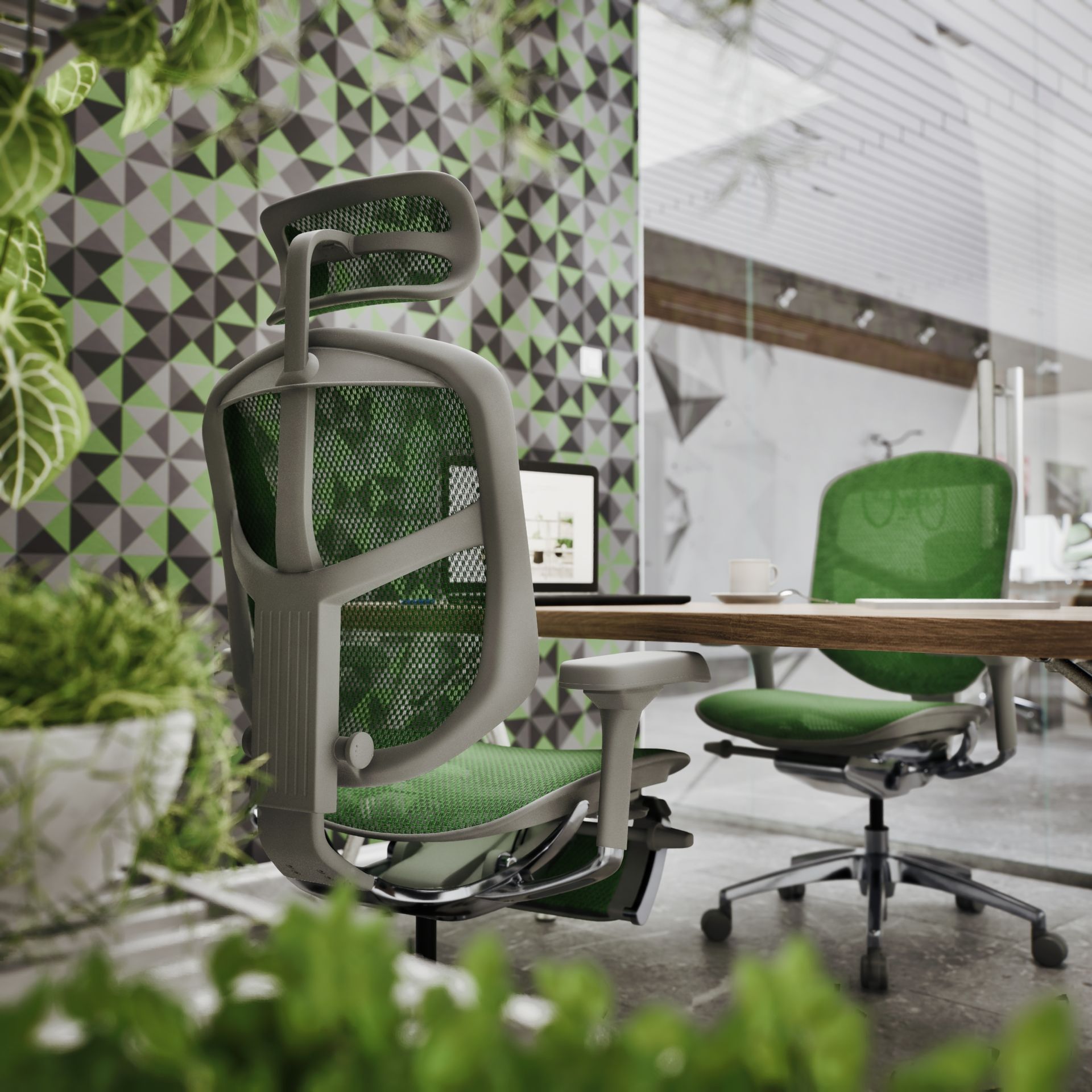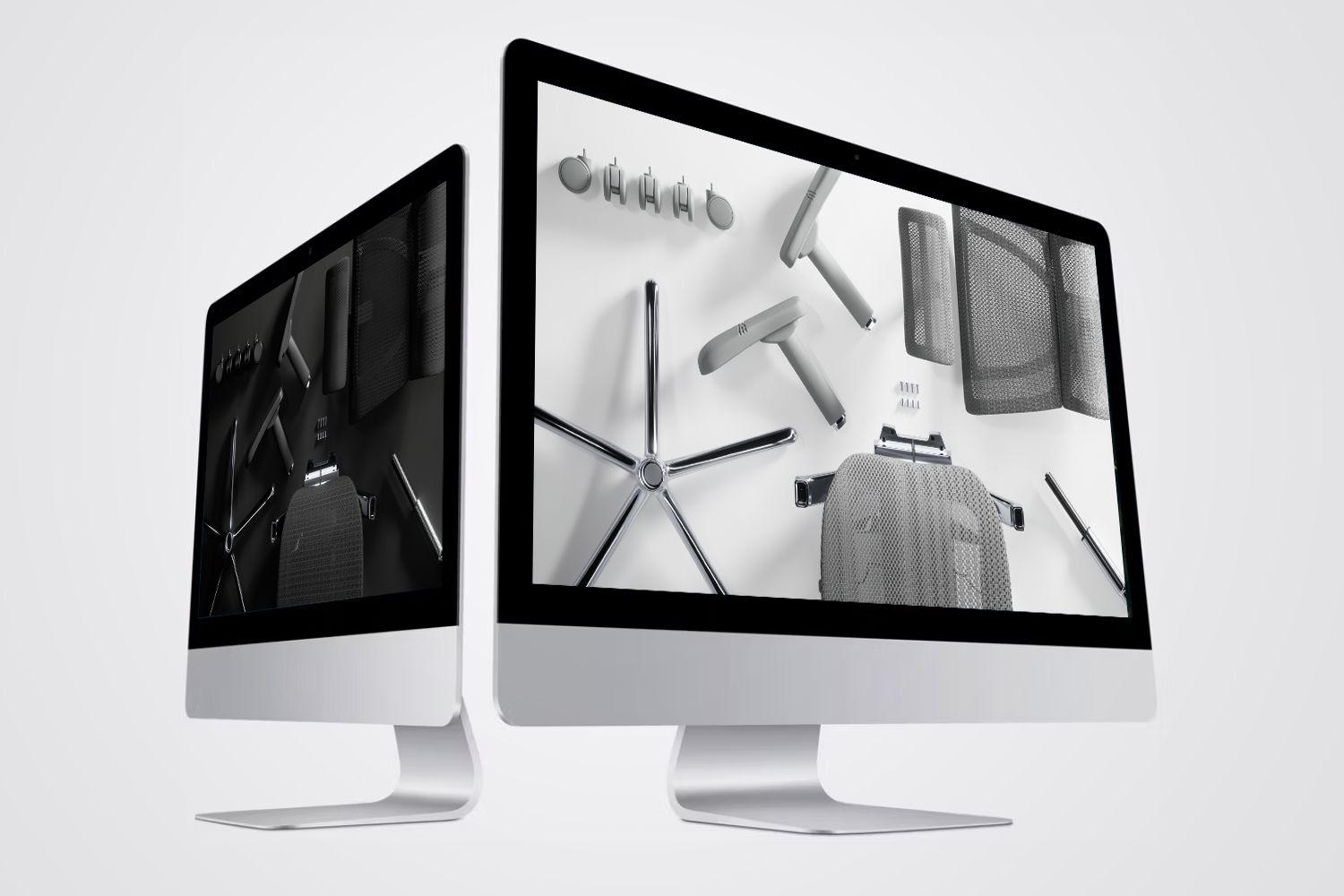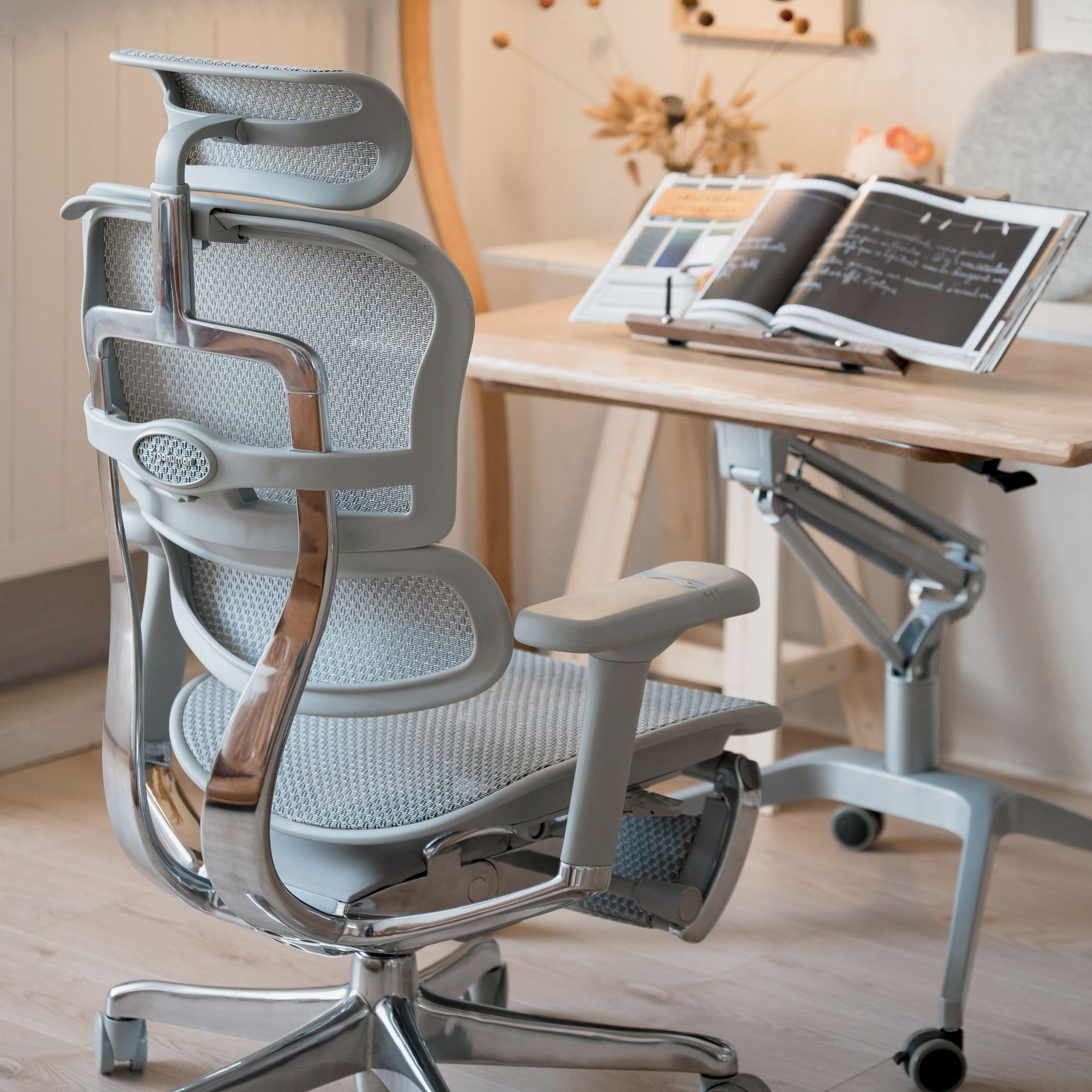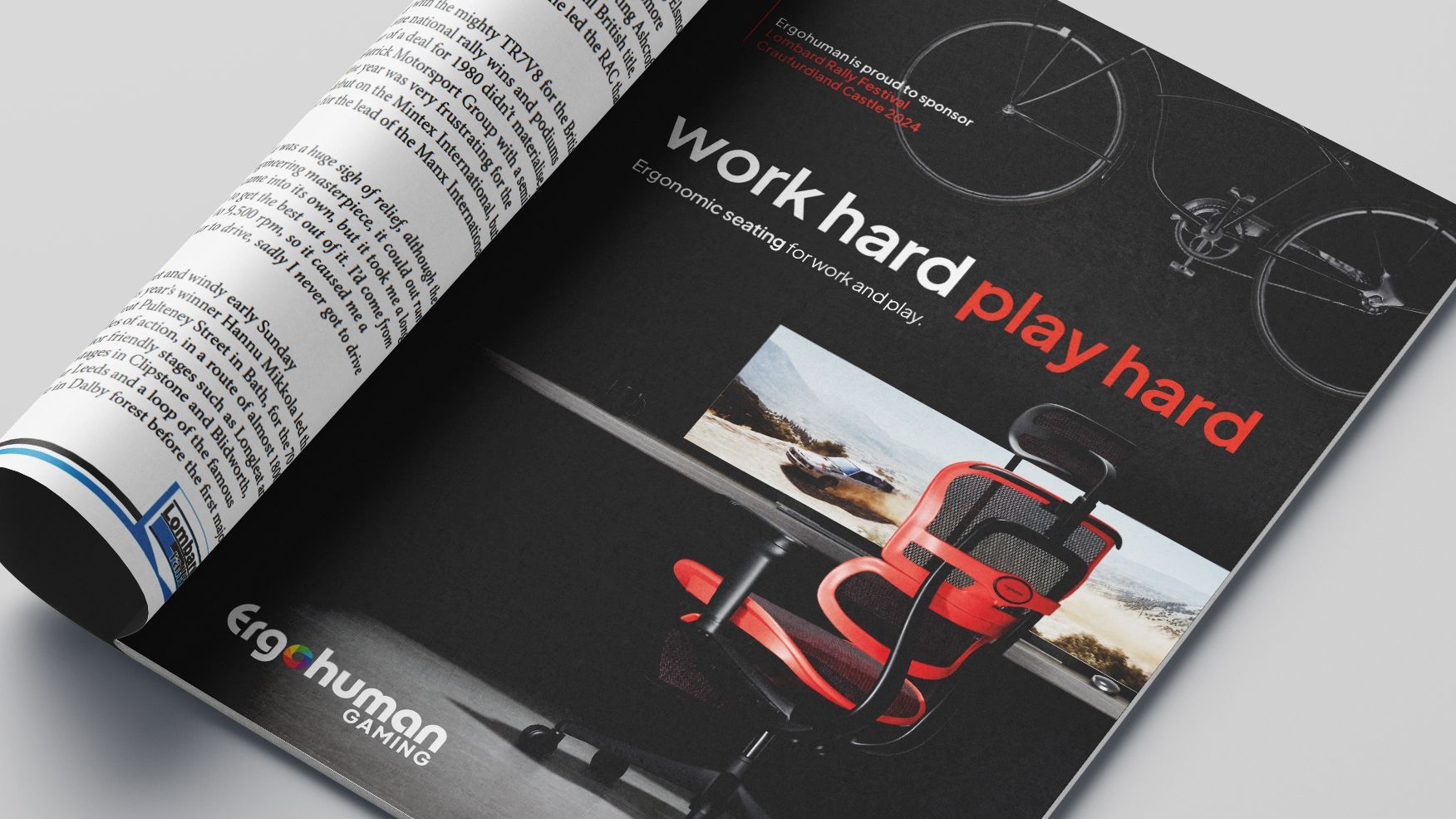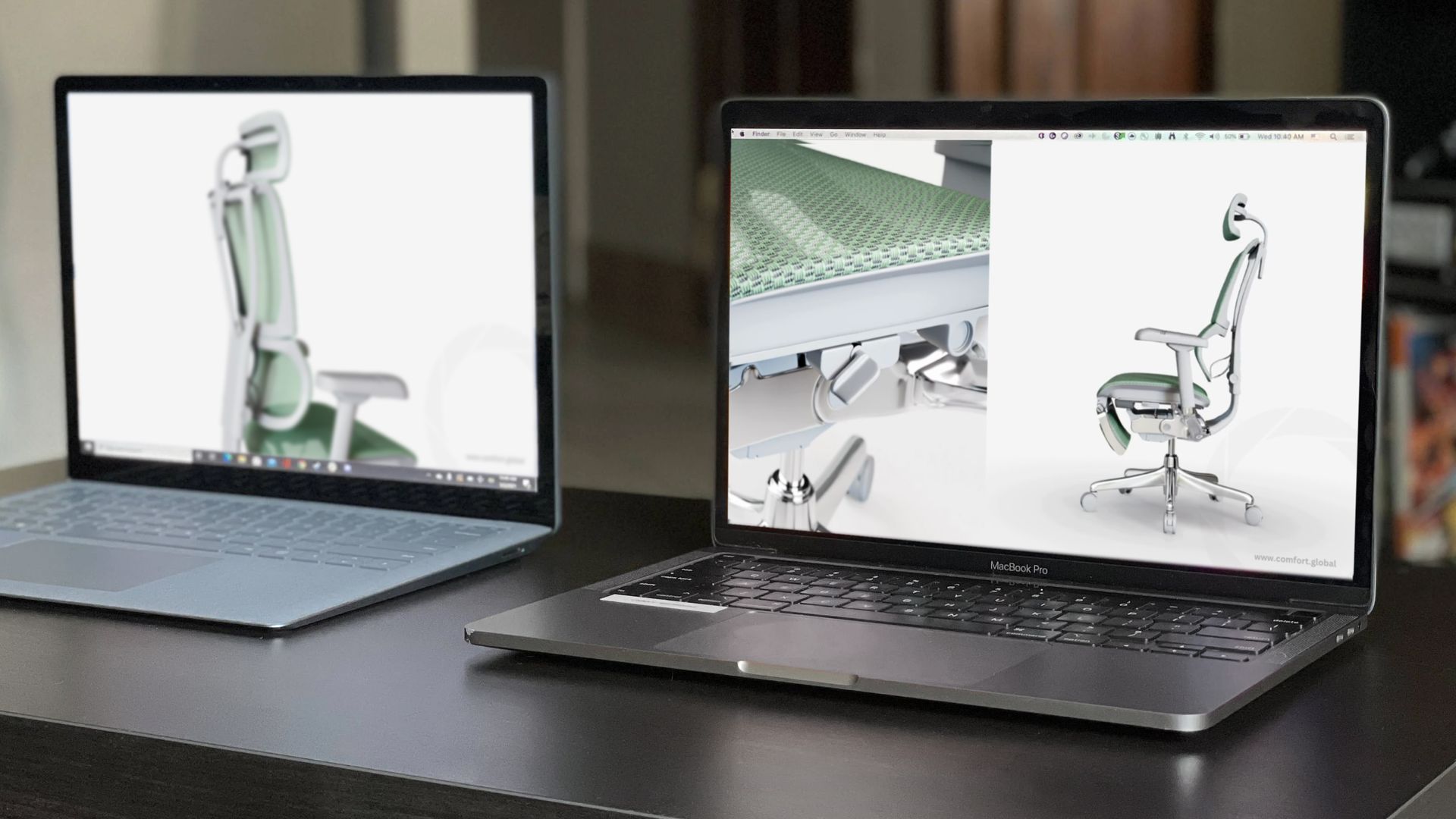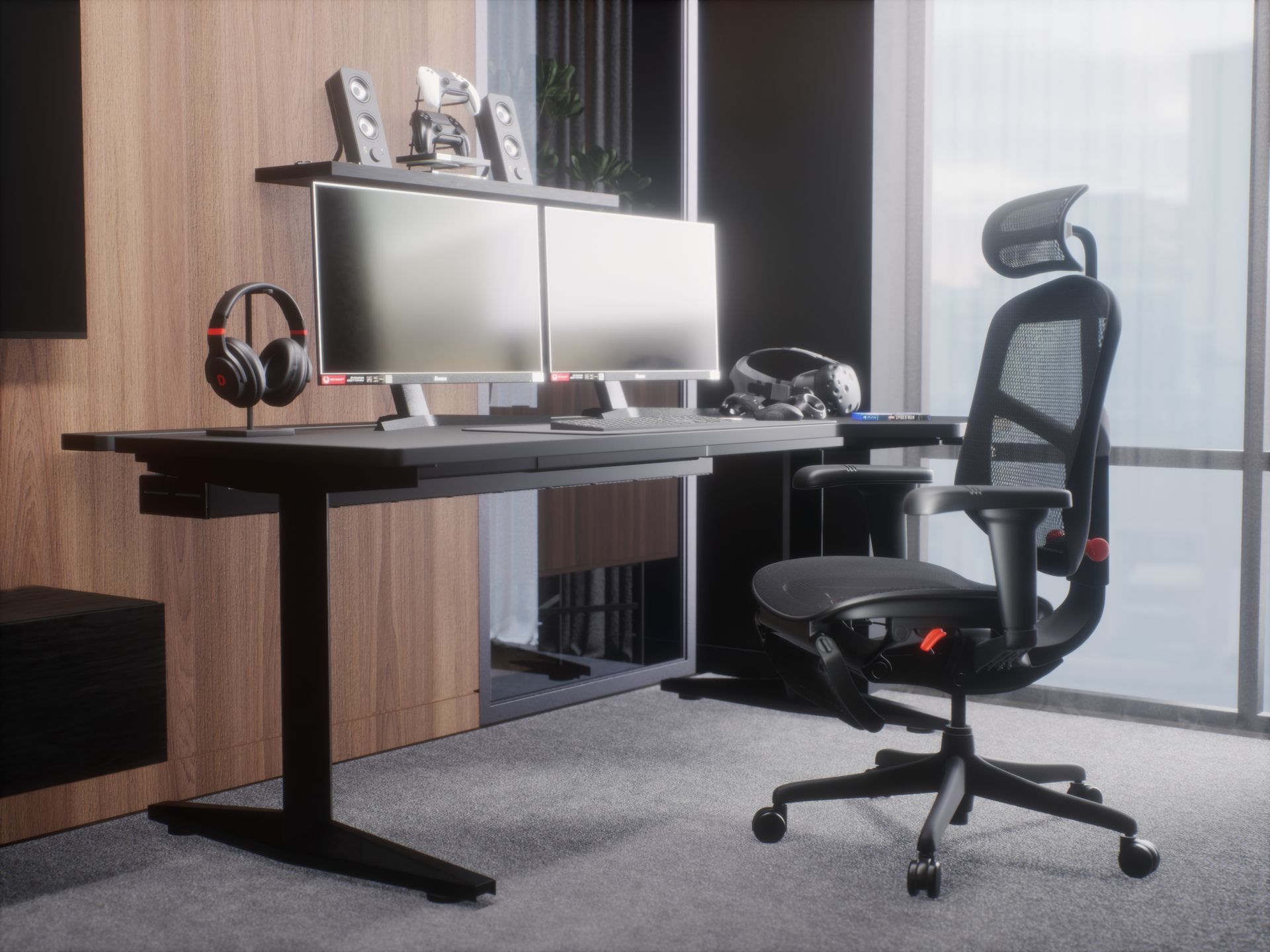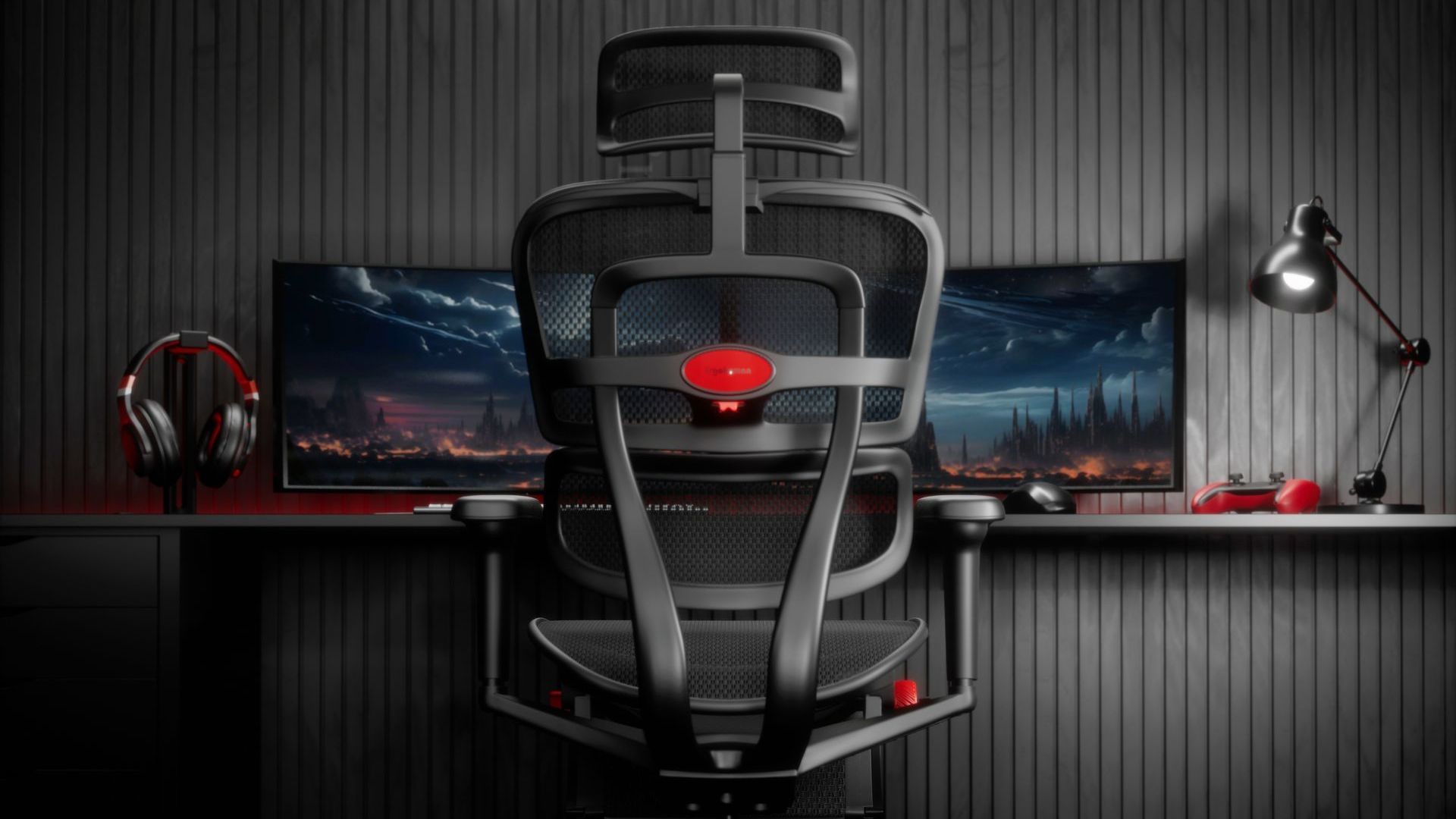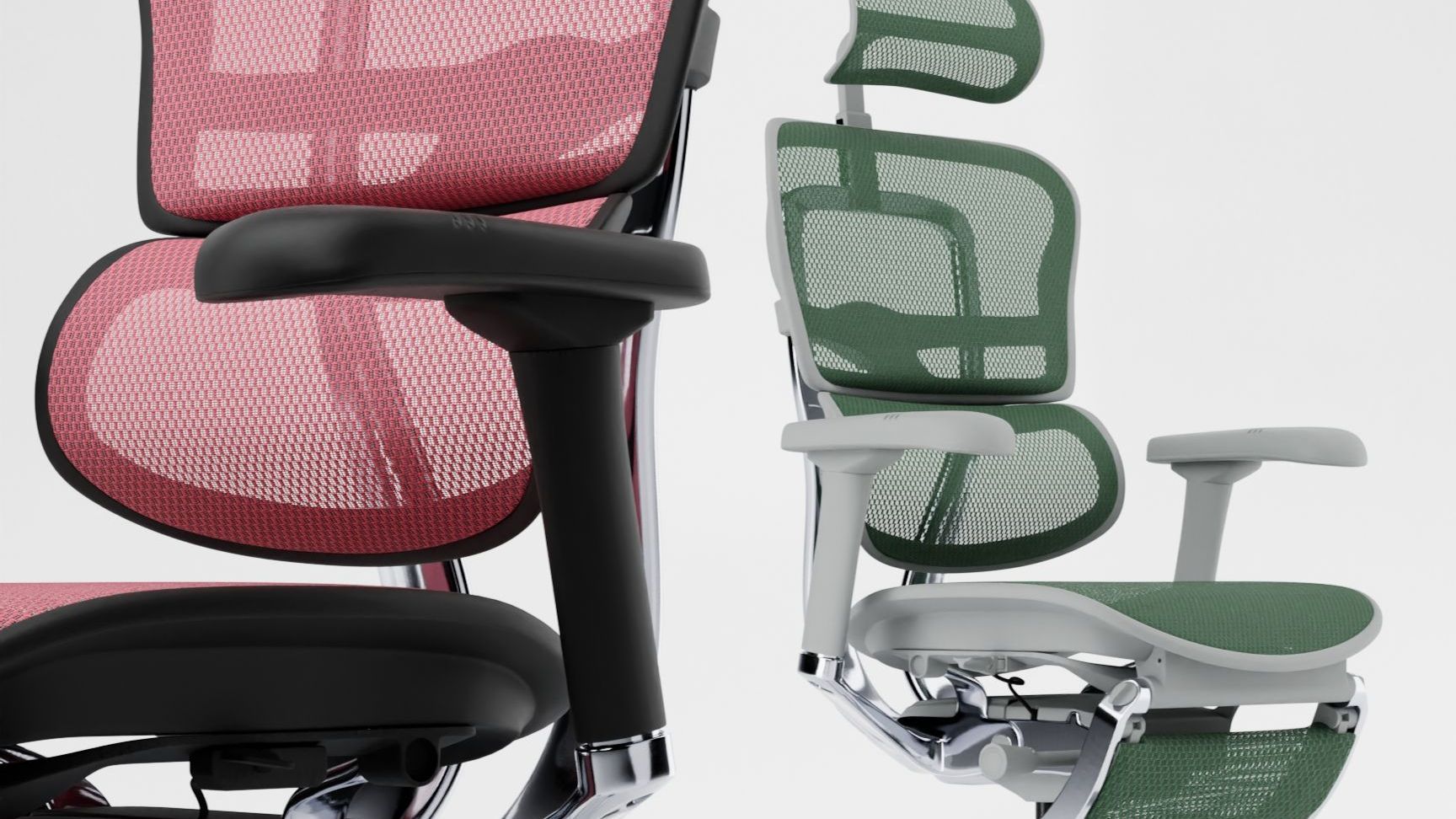Dynamic and active working: what is it and why does it matter?
Dynamic and active working are buzzwords within the ergonomic industry. They represent an important shift to healthier and more flexible working. Supported by decades of scientific research, ergonomists are passionate about dynamic and active working due to the benefits it brings to employees, including increased productivity, improved well-being, and reduced absenteeism.
What is dynamic and active working?
The term ‘dynamic working’ encompasses multiple working arrangements, including the flexibility of working location, working pattern, and movement while working. A flexible working location in a dynamic business allows employees to alternate where they work, whether from the office, home, coffee shops or within different areas of the corporate office.
Dynamic working hours enable employees to adjust the times they work within an agreed scope to accommodate their personal and business needs while ensuring that the total hours worked align with their contract. This flexibility allows them to attend appointments, manage family commitments, and work during their most productive hours.
Dynamic movement while working – or active working – involves integrating physical activity into one’s working day. This is especially important in industries where employees spend most of their time at a desk. Employers should promote an environment where staff members are not confined to a static for extended periods. Instead, employees should have the freedom to move around, adjust their posture regularly, and take frequent breaks.
This doesn’t have to mean that employees are idle during working hours. There are many ways to incorporate dynamic movement into the working day, including the following:
Dynamic office chairs
Dynamic seating is crucial as it prevents static posture during desk work. A dynamic office chair, such as the Ergohuman Elite, allows users to achieve a comfortable position and incorporate movement during long periods of sitting, which can prevent stiffness and pain.
Ergohuman office chairs are designed with elastomeric mesh featuring ten autoflex zones that respond to the user’s micro-movements. When reaching for an item across the desk or turning to chat with a colleague, the chair’s unique mesh will continue to support the user as they manoeuvre. The chairs also feature a 5-star base with gliding castors suitable for hard flooring and carpet, ensuring easy movement around the office space.
A quality ergonomic office chair should also encourage a neutral spine. The neutral lordotic lumbar position – easily achieved when standing – is the healthiest position to be in, but standing for too long can quickly lead to muscle fatigue and it’s not possible to remain standing all day if you have a desk job.
It’s important to alternate between sitting and standing, but it’s also important to choose an office chair that supports the neutral lordotic lumbar position. The Ergohuman office chairs all support a neutral spine when the backrest height and lumbar tension are correctly calibrated.
Sit-stand desks
Sit-stand desks are also excellent for encouraging dynamic working. The best posture is the next posture, meaning a balance between sitting, standing, and moving is the healthiest approach.
The British Heart Foundation recommends sitting for no longer than 30 minutes at a time⁽¹⁾. It’s important to set a reminder to walk around or stand for five minutes every half an hour.
To remain in a workflow and avoid unproductivity, a sit-stand desk is ideal. Users can raise the desk to a standing position and work from here for their desired length of time before resuming a sitting position. This prevents a static posture and ensures long-term comfort for employees.
Avoiding long periods of sitting also lowers the risk of diabetes, cardiovascular disease, and death from all causes, even if you do not have pre-existing health conditions.
Dynamic meetings
An easy way to incorporate active working into a busy schedule or tighter budget is to keep moving during the day. Without compromising workflow, employees can take phone calls while walking around the office, organise walking meetings, or cycle or run to and from work.
Another great hack for incorporating more movement into the working day is to fill up a small cup with water rather than a large water bottle, as this forces employees to get up more frequently to refill it. Also, consider having a communal bin for rubbish rather than an under-desk bin to encourage employees to walk around sporadically during the day.
Why active working is critical in business
Ergonomists assert that active working is critical and encourage businesses and employers to have policies on active working to ensure their staff can move throughout their working day.
When a company undergoes an ergonomic assessment, the opportunity for active working is one of the most important things they will consider. They will analyse the workstation to assess risks, determine if employees are encouraged to take breaks and if they actually take them, assess whether employees switch up their work activities to avoid static seating and ensure employees have appropriate desks and office chairs that encourage active working.
Beyond the mentioned benefits, active working also ensures employees' health, which is required under the Health and Safety at Work Act 1974. The law requires that employers must ensure, so far as reasonably practicable, the health, safety, and welfare of all employees. Since sedentary working has many health risks, ensuring active and dynamic working is a reasonable goal for all businesses.
Humans are designed for activity. That’s how our skeletons are built. Our bodies are not made for long periods of sitting or leaning forward, which is how many people sit in their chairs.
We’re not designed to stand for long periods either; we’re designed to move around and switch up our positioning while maintaining a neutral posture. Static postures constitute a significant risk factor when working with display screen equipment. Therefore, employers must encourage movement, healthy posture, and active working.
How Ergohuman office chairs encourage active working
Ergohuman office chairs are engineered to promote healthy seating and active working. Many details have been considered in creating these office chairs to ensure that they encourage a neutral posture as well as allow for dynamic movement during long hours of desk work.
While the team at Ergohuman still advises taking short breaks every 30 to 60 minutes or utilising a sit-stand desk, choosing an Elite office chair offers additional benefits by encouraging good health while you’re seated. The features that encourage active working include:
> Free-float recline mode
The backrest on the Elite chairs tilts back over 40 degrees with a synchronised mechanism and tilt tension control. This encourages active working by allowing the user to lean back and forward easily while maintaining a neutral spine and reducing static sitting.
> Elastomeric mesh
The flexible elastomeric mesh dynamically adjusts with the user’s movements. With ten individual flex zones – six in the backrest and four in the seat – the chair encourages continuous movement and support, so the user is never fully static while seated.
> 5-star base
A 5-star swivel base allows users to move freely and reach different areas of their workspace without unnecessary strain or stiffness.
> Adjustable seat height and depth
The adjustable seat height and depth should be adjusted once to suit the user’s anthropometric measurements. When adjusted correctly, the user can shift their posture easily and practice comfortable movement while remaining supported. For instance, when these two features are correctly calibrated, if the user finds themselves adopting poor posture, they can easily resume a neutral posture since the lumbar support system is in the correct position.
> Lumbar support
Ergohuman chairs feature an automatic lumbar support system with adjustable tension. This feature encourages comfort while making it easy to switch postures or incorporate micro-movements without experiencing strain.
> Multi-directional armrests
The 5D armrests have adjustable height, width, depth, angle and tilt to encourage active use of the arms and shoulders, reducing strain and promoting movement in the upper body areas.
> Forward seat tilt
Forward seat tilt encourages adaptable sitting as it is supportive of various working postures. This is useful for tasks that require leaning forward, such as typing or reading.
FREQUENTLY ASKED QUESTIONS about Ergohuman
-
What is the difference between Ergohuman Elite and Ergohuman Plus?
The Ergohuman Elite can be upgraded to the Plus version, which boasts all the same features as the Elite, with the addition of a recline limiter function and additional aluminium detailing for a more executive aesthetic. Overall, the Plus offers extra customisation for users enjoying the chair’s dynamic free-float mode and more visual impact while maintaining extreme functionality.
-
What is the weight limit for the Ergohuman Elite?
The weight limit for the Ergohuman Elite office chair is 150 kg (330 lbs). The weight limit for the Enjoy Elite and Mirus Elite is 110 kg (242 lbs).
-
What is the warranty on Ergohuman chairs?
All of Comfort Seating UK’s chairs are backed by a 10-year warranty. This includes repairs and replacement parts. We design and manufacture all our chairs’ components to ensure continuity of supply, so you can rest assured that replacement parts will be available promptly, even far into the future, regardless of any new or upgraded products we release. We also stock replacement parts for older and discontinued models.
-
How can I prioritise active working from home?
Working from home doesn’t need to be an obstacle when achieving active working. There are many things you can do, such as:
- Using a sit-stand desk.
- Setting movement reminders every 30 to 60 minutes.
- Incorporate active sitting – such as using an ergonomic office chair.
- Take walking meetings.
- Exercise regularly around your working hours.
- Practice active posture adjustments and change your posture throughout the day.
- Place frequently used items around your space strategically (i.e. placing your printer across the room so you have to get up each time you use it).
- Install a desk treadmill.
- Use an activity tracker reminding you to stand up and move around regularly.
- 10. Do quick household chores on your breaks.
Staying active is staying healthy
Creating active and dynamic working habits may seem daunting, but it’s achievable, regardless of your work role or budget. There are many ways you can switch to dynamic working without spending a penny. Ensure that you incorporate movement into your daily routine at least once an hour, even if that’s walking up and down the stairs.
As for employers, it’s crucial that they provide the space and flexibility for dynamic and active working. This will reduce work-related injuries, musculoskeletal disorders, and absenteeism at work.
For an office chair that encourages active working, try Ergohuman.
Contact us to discuss commercial orders, or visit our website to make a direct purchase and transform your workspace.
OTHER
POSTS
Comfort Seating UK Ltd
Riverbank Mill
2 Stoneygate Road
Newmilns, Ayrshire
